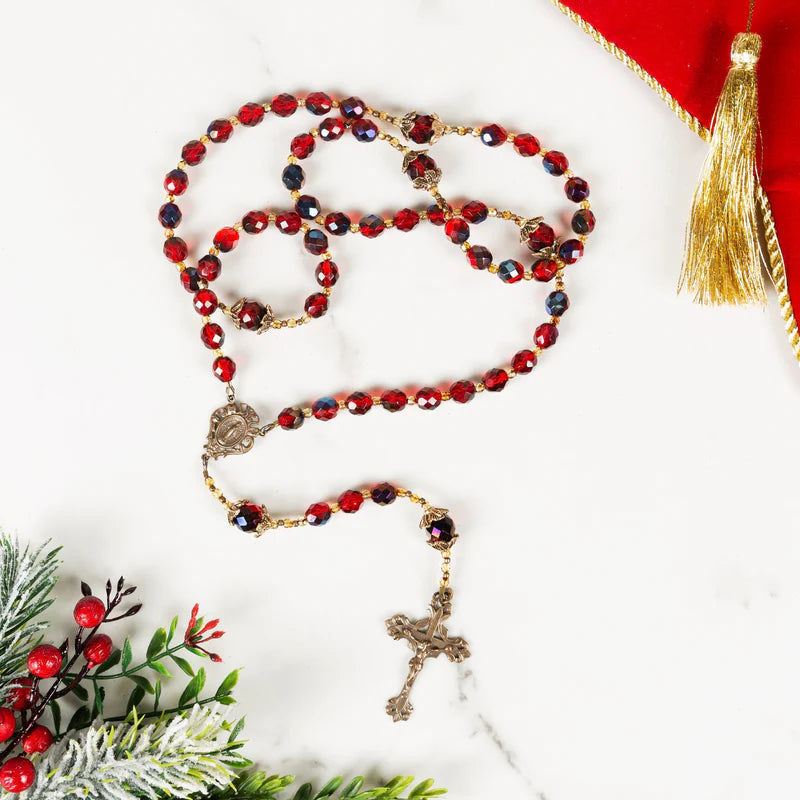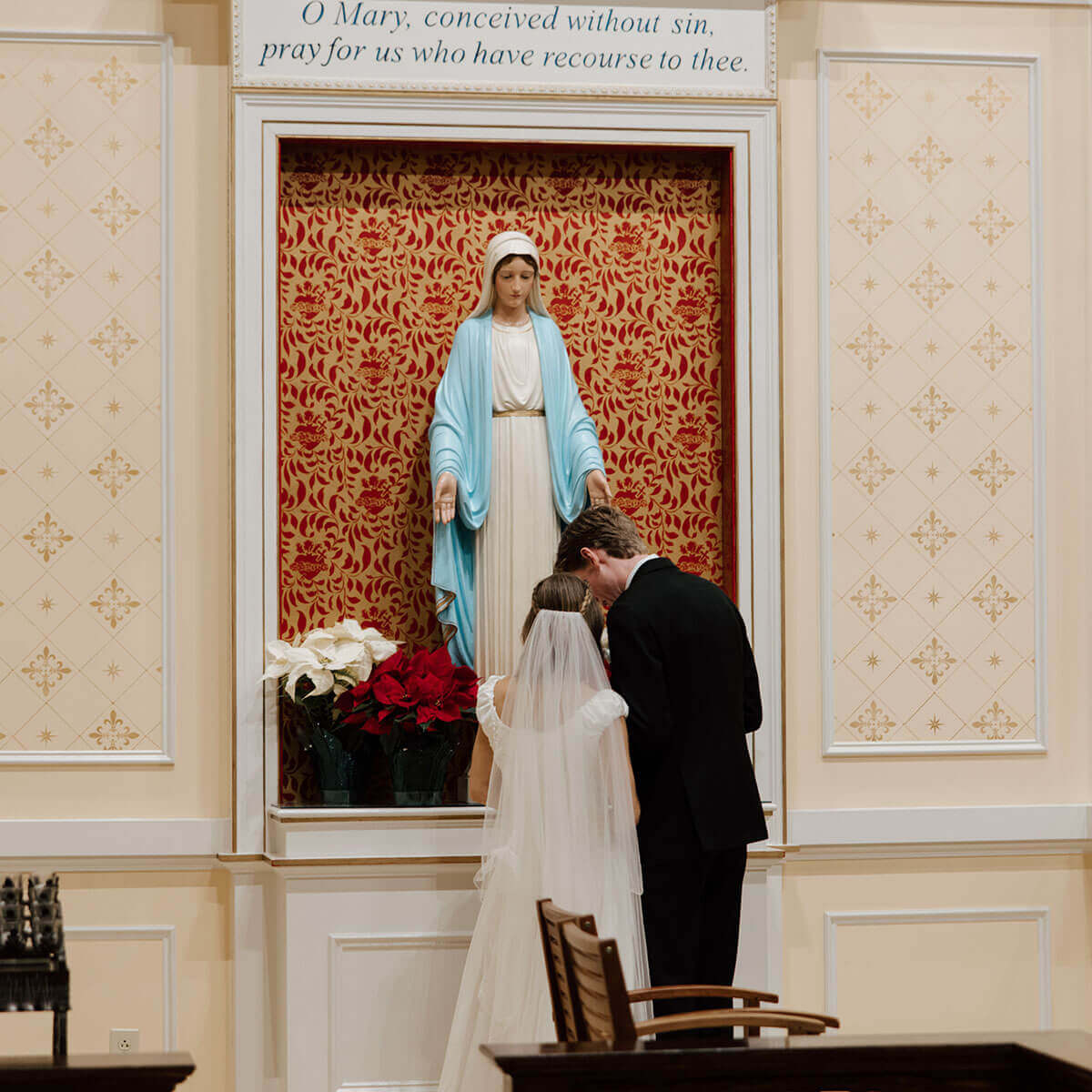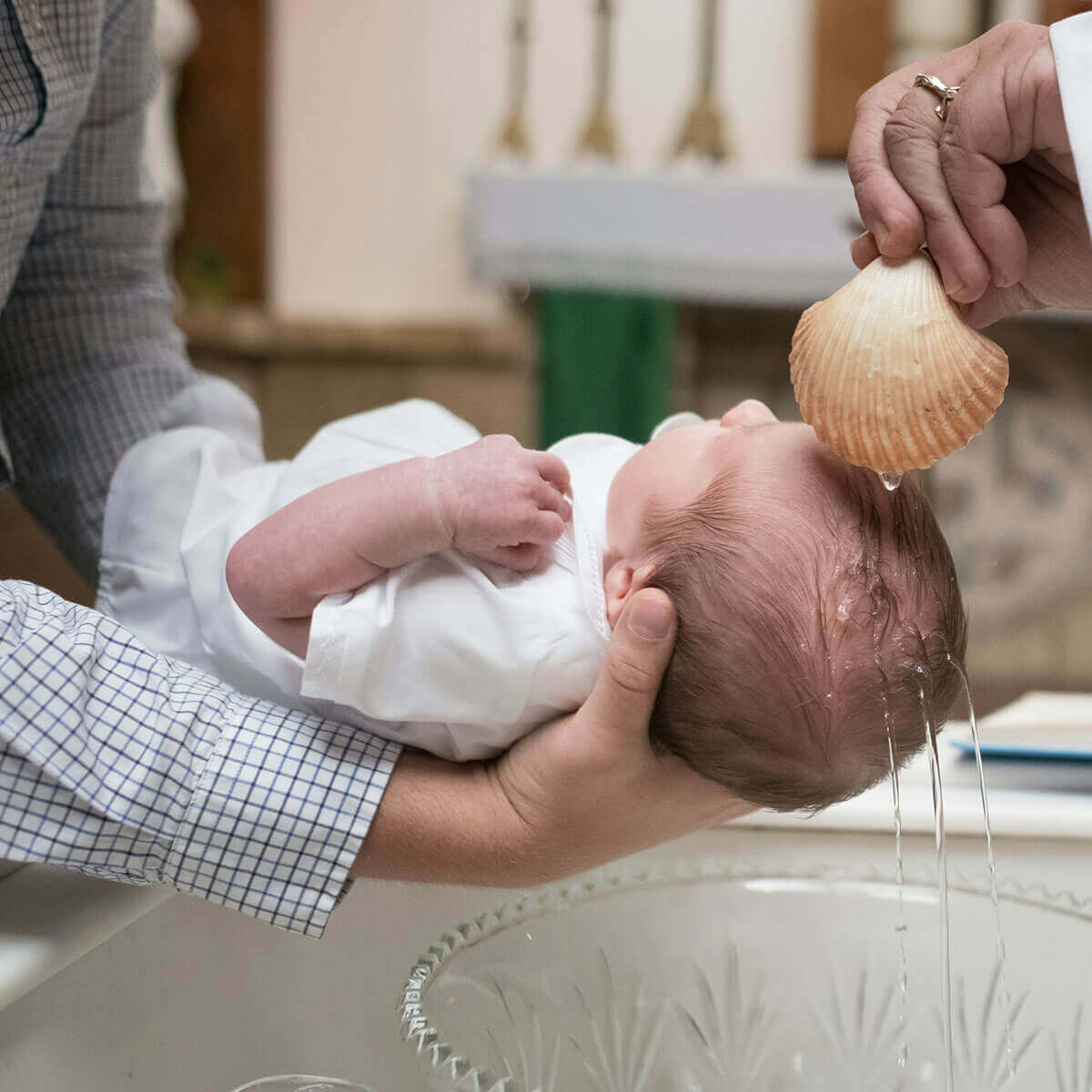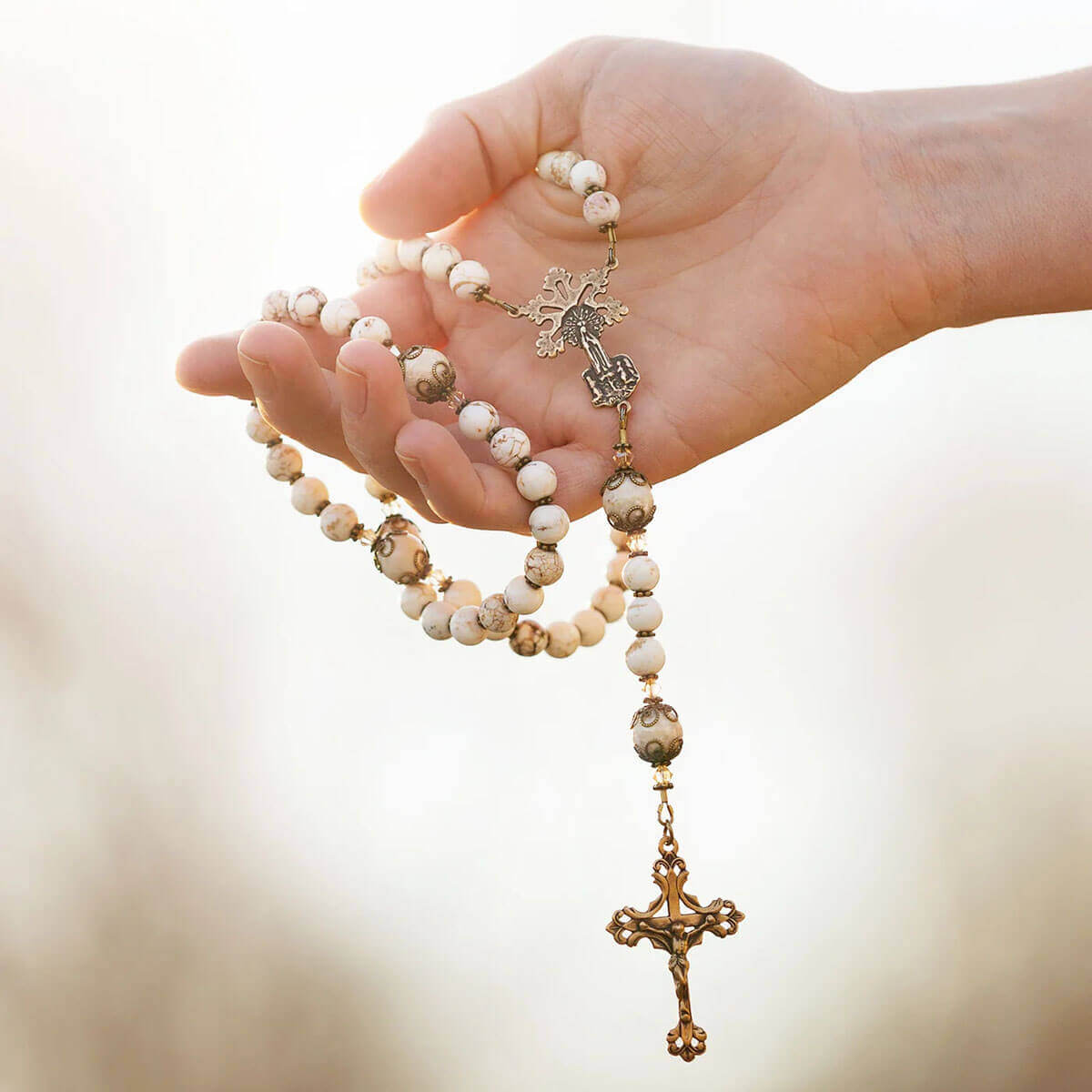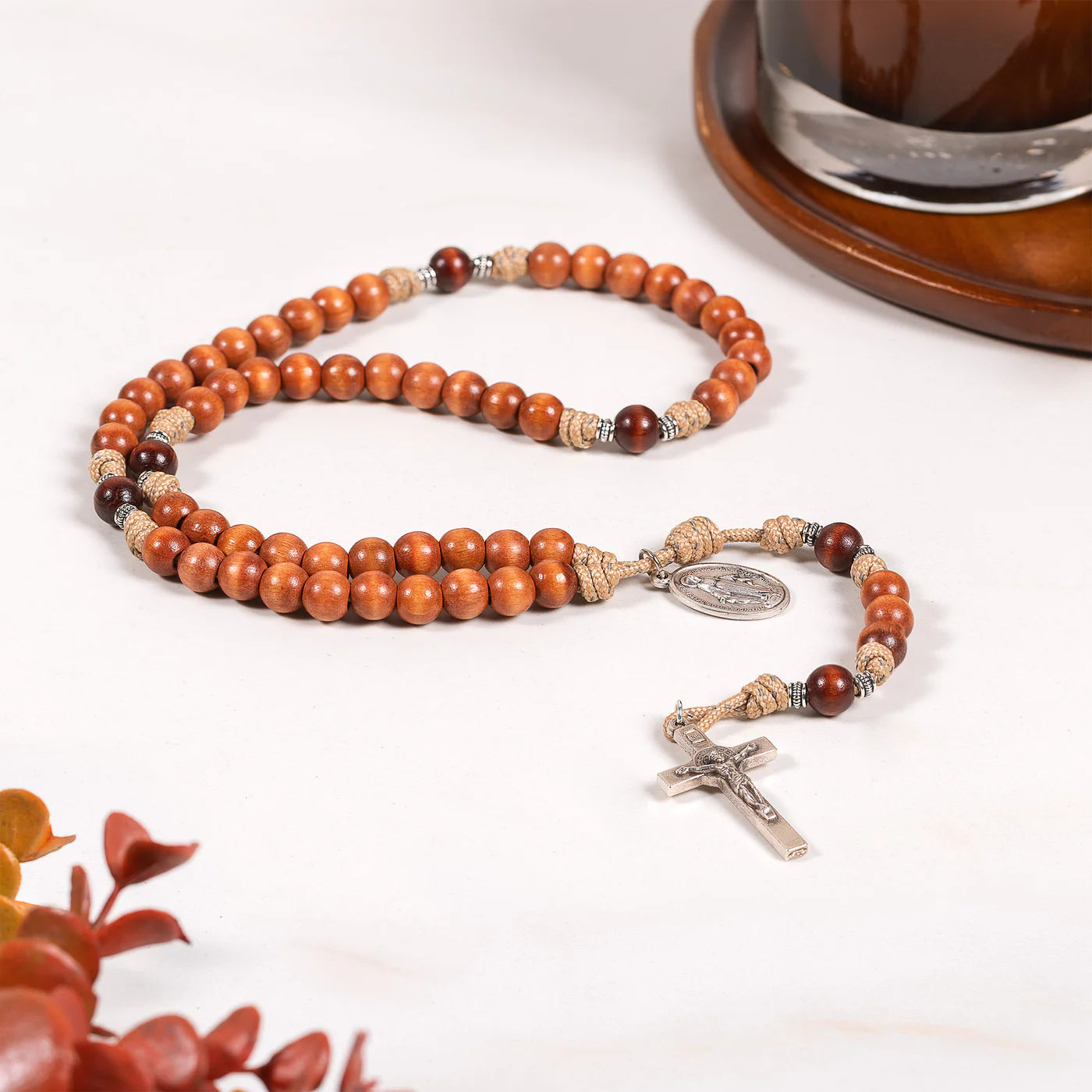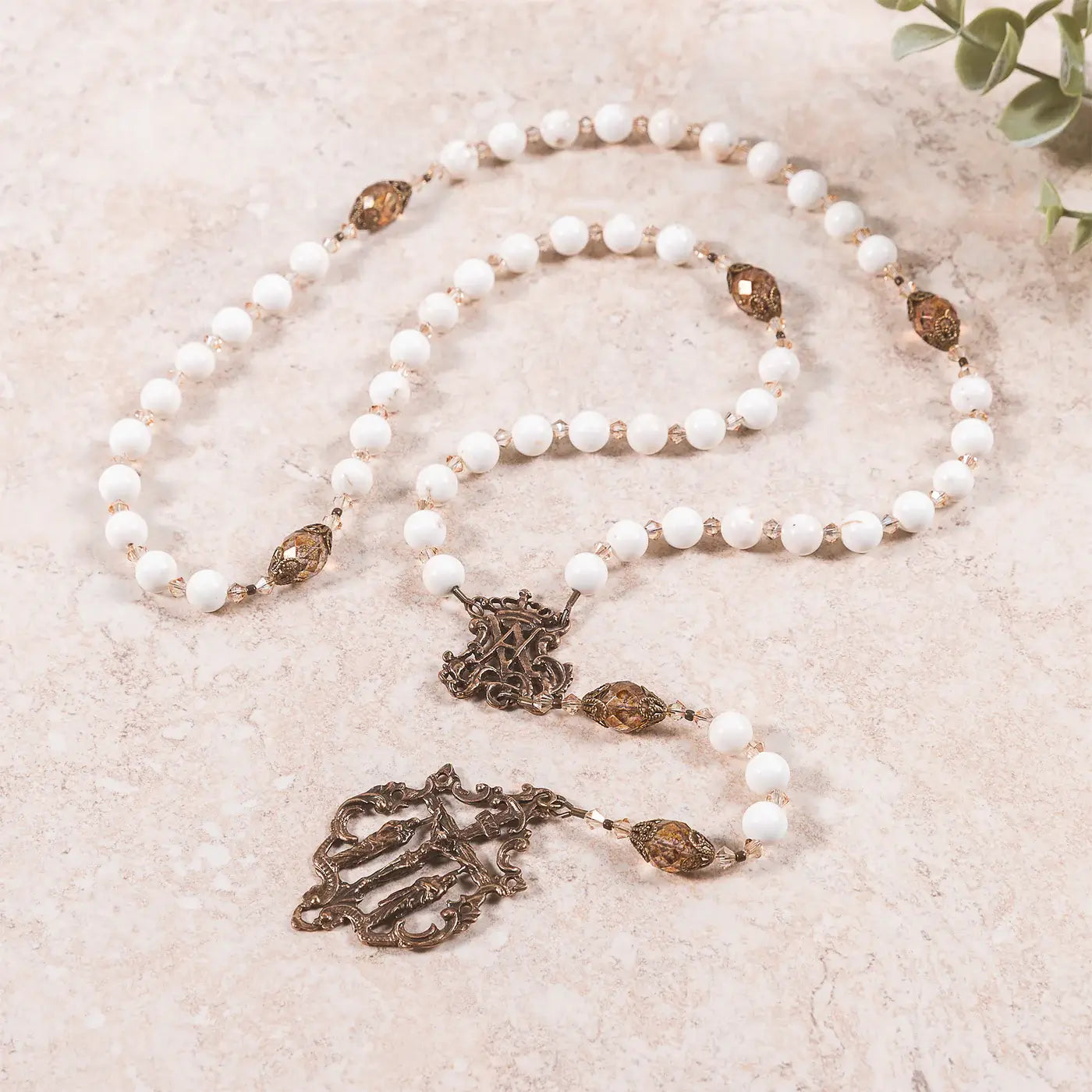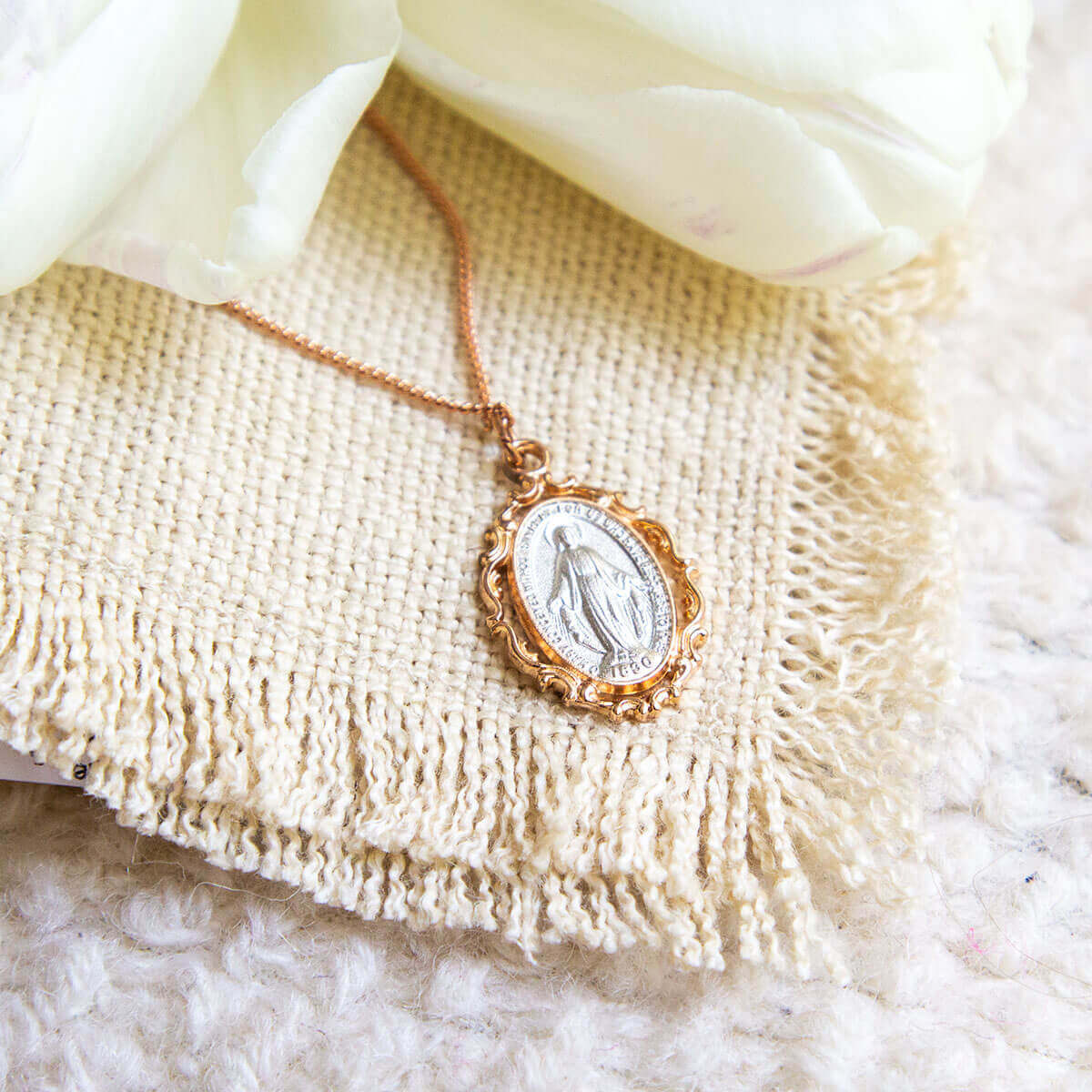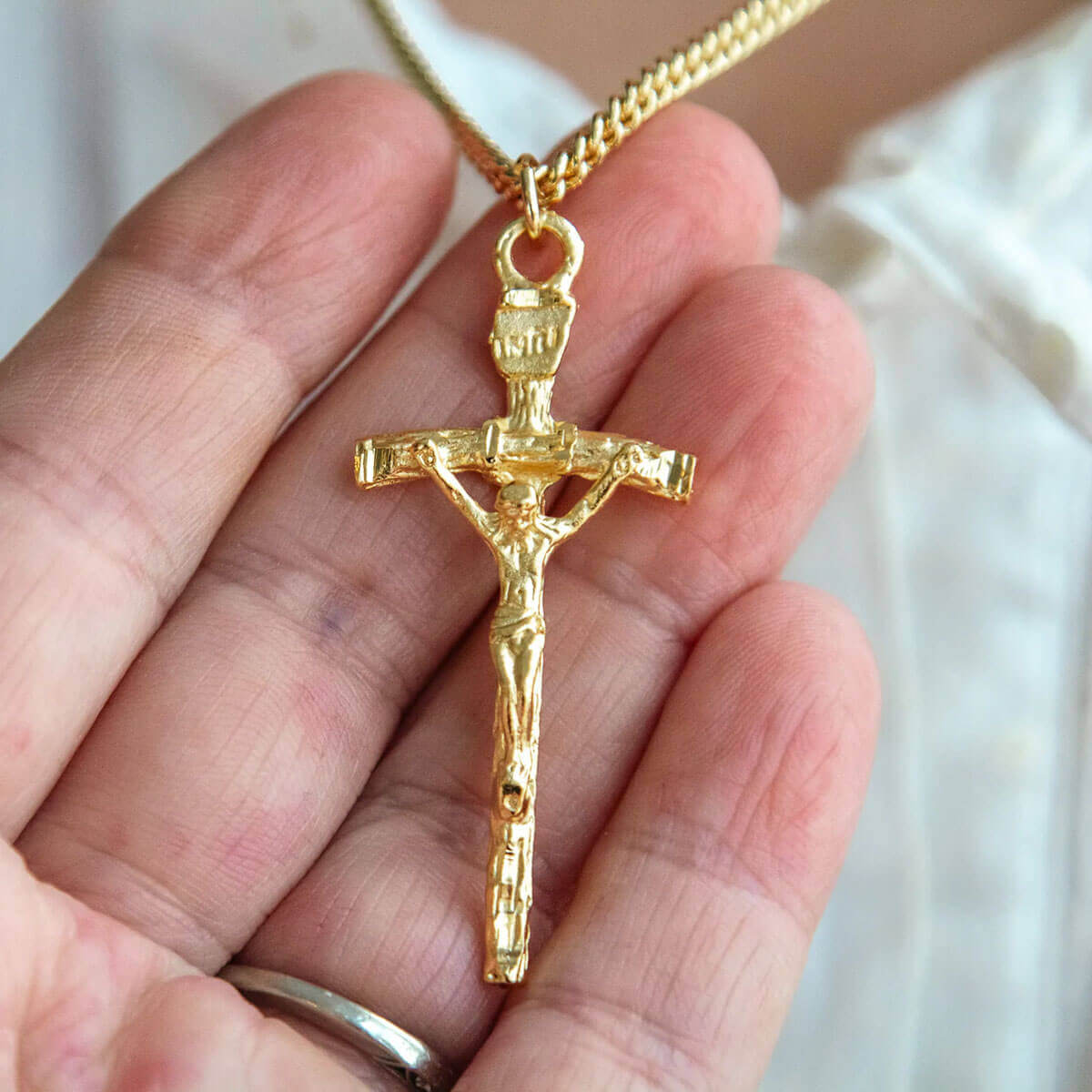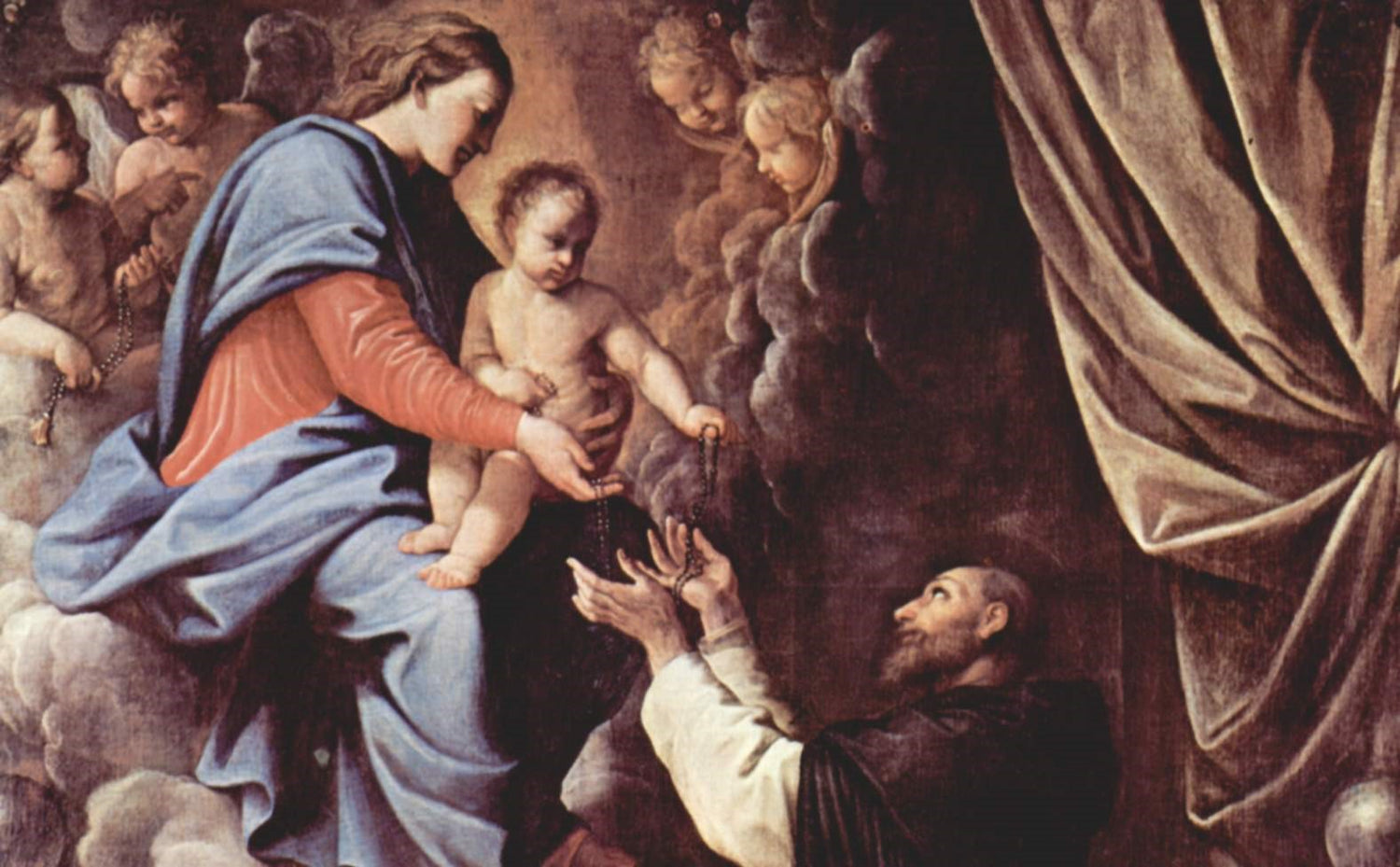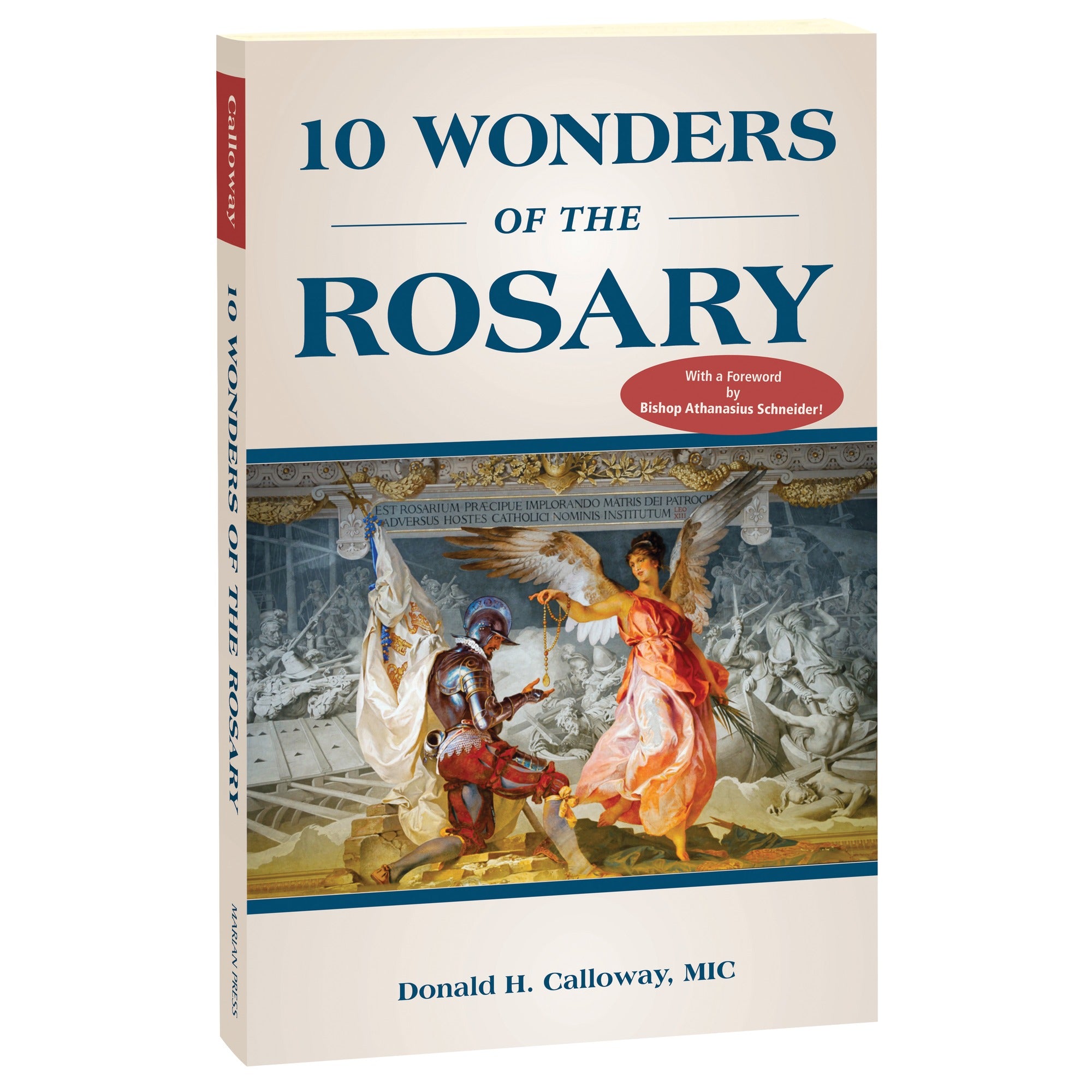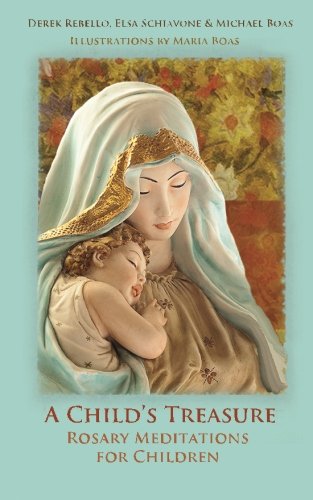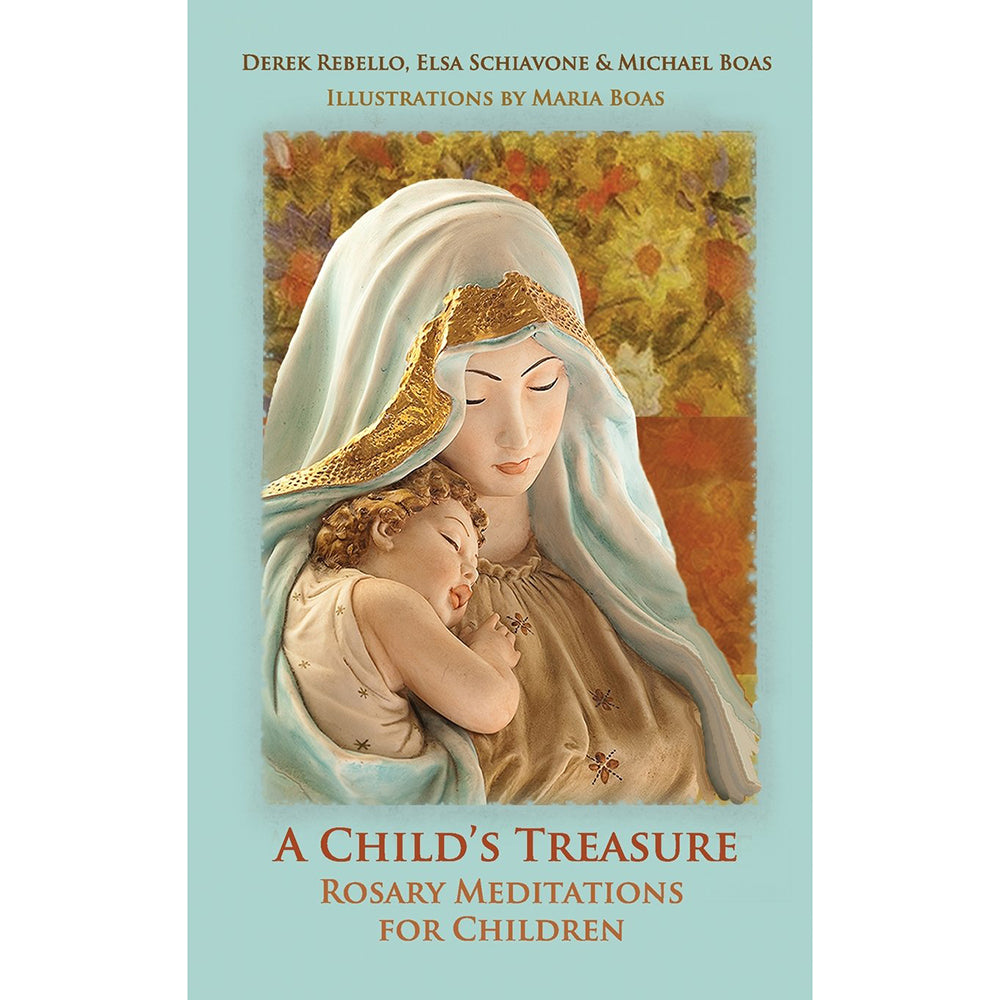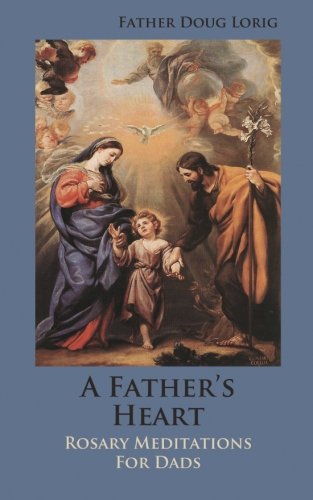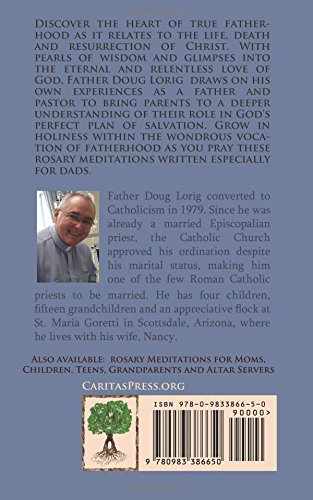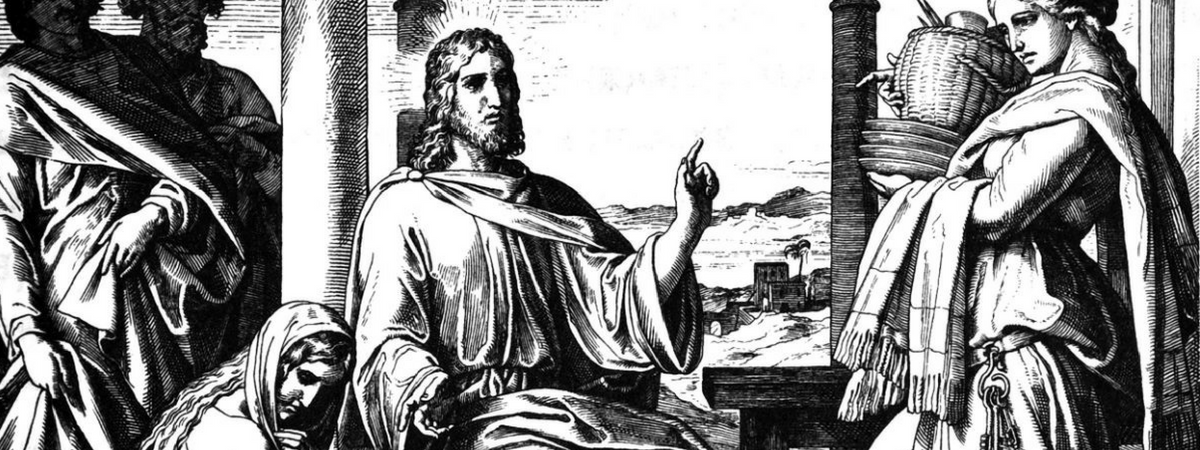Let victory be thine, O Mother. Thou wilt conquer. Yes, thou hast the power to overcome all heresies, errors, and vice. And I, confident in your powerful protection, will engage in battle, not only against flesh and blood, but against the prince of darkness, as the Apostle says, grasping the shield of the holy rosary and armed with the double-edged sword of the divine word.St. Anthony Mary Claret
Devotion to Mary, the Mother of God, has been at the heart of Christian spirituality since the very beginning. Marian devotion did not always include the practice of praying the Rosary, however.
While the roots of the Rosary and rosary beads go back deep into the early days of Christianity, the story of the Rosary as we know it today does not truly begin until the thirteenth century, with St. Dominic.
Catharism: Christ’s Body Rejected
Throughout the 11th and 12th centuries, a pernicious heresy known as Albigensianism (also called “Catharism”) took root in southern France.
The Cathars were not merely theologically incorrect. They deliberately sought to destroy Christianity and replace it with a new Gnostic religion. Believing that all physical matter was evil, they claimed that the God of Creation portrayed in the Old Testament was actually Satan; many of the prophets, they said, were his evil messengers.
These beliefs caused great suffering. The Cathars discouraged murder, but recognized suicide as a praiseworthy rejection of the material world.
They believed in reincarnation and rejected the idea that human beings had a God-given dignity as male or female. Marriage was seen as an evil, and women‐by nature of their ability to bear children and thus “perpetuate” the creation of matter‐were considered unworthy of salvation unless they were first reincarnated as men.
St. John Paul II described the heart of the Cathar heresy as “a denial of the Incarnation, a refusal to accept that the ‘Word was made flesh and dwelt among us, full of grace and truth'” (John 1:14). This sect rejected Christ’s Body (particularly in the Eucharist) and rejected the Virgin Mary (especially her motherhood).
The Church tried to persuade the Albigensians of their errors, but had little success. Violence eventually erupted when the political leader of Cathars murdered a papal legate, leading to a cataclysmic war between the Cathars and the Church.
But God did not let the Church face this threat alone.
St. Dominic: Father of the Rosary
As a priest, St. Dominic had been trying for years to dissuade the Cathars from their false beliefs. His efforts proved ineffective. He then prayed to the Blessed Virgin Mary about his failures. Our Lady suddenly appeared to him, saying:
Wonder not that until now you have obtained so little fruit by your labors: you have spent them on a barren soil, not yet watered with the dew of divine grace. When God willed to renew the face of earth, He began by sending down on it the fertilizing rain of the Angelic Salutation [“Hail, full of grace, the Lord is with thee!” (Luke 1:28)]. Preach my Psalter, composed of 150 Angelic Salutations and fifteen Our Fathers and you will obtain an abundant harvest.
Our Lady to St. Dominic
From that time on, St. Dominic continually preached the necessity of praying to Mary through this “Psalter,” which he called the Holy Rosary.
So fervently and compellingly did he explain the importance and value of the Holy Rosary, that almost all the people of Toulouse [the capital of Catharism] embraced it and renounced their false beliefs. In a very short time a great improvement was seen in the town; people began leading Christian lives and gave up their former bad habits.
St. Louis de Montfort, Secret of the Rosary
It was this devotion, more than anything, that prevented the spread of Catharism. Though the Cathars had sought to reject Christ’s Incarnation in the womb of the Virgin Mary, the Rosary called on all the faithful to bear in mind the great moment of the Annunciation, in which the “Word was made flesh, and dwelt among us.”
Through this prayer, the supreme truth of Christ’s humanity‐and the dignity of human life‐prevailed in the hearts of men.
Thanks to this new method of prayer‐when adopted and properly carried out as instituted by the Holy Father St. Dominic‐piety, faith, and union began to return, and the projects and devices of the heretics to fall to pieces.
Pope Leo XIII, Supremi Apostolatus Officio
The Rosary: Weapon of the Faithful
As seen in the life of St. Dominic, the Holy Rosary has been one of the most effective ways of fighting against the power of evil. Countless saints throughout the ages attest to this.
Our fidelity in reciting [the Rosary] is a sure sign of salvation.
Blessed Alan de la Roche
By the rosary the darkness of heresy has been dispelled, and the light of the Catholic Faith shines out in all its brilliancy.
Pope St. Pius V
The greatest method of praying is to pray the Rosary.
St. Francis de Sales
Arm yourselves with the arms of God‐with the holy rosary‐and you will crush the devil’s head and you will stand firm in the face of all his temptations.
St. Louis de Montfort
The rosary is the glory of the Roman Church.
Pope St. John XXIII
The Rosary, that is my weapon.
St. Pio of Pietrelcina
The rosary is a spiritual weapon in the battle against evil, against all violence, for peace in hearts, in families, in society and in the world.
Pope Benedict XVI
We should attend to the witness of these saints, and recite the Holy Rosary with devotion.
The Rosary Beads
The development of the Rosary into the full devotion we know today took centuries, and has always been guided by the Church. What about rosary beads themselves? How did they come about?
The use of beaded ropes and strings as aids to prayer dates back to the earliest Christians. The first monks used prayer beads to keep track of the Psalms they prayed. In fact, our modern word “ bead” comes from an Old English word “bede” which meant “prayer.”
The use of beads for saying the Rosary likely goes back to the time of St. Dominic himself, whose mandate to pray “one hundred and fifty Angelic Salutations and fifteen Our Fathers” led to the structure of rosary beads that we are familiar with today.
The Rosary has gradually developed since St. Dominic’s time, such as the addition of the Glory Be at the end of each decade. But the rosary beads have not changed much, as evidenced by the fact that there are no beads for such prayers as the Glory Be, the Fatima prayer, nor the common concluding prayers.
This article was adapted from the Good Catholic series Full of Grace. For more on the Holy Rosary, read The Holy Rosary: A Way To Learn Christ.


